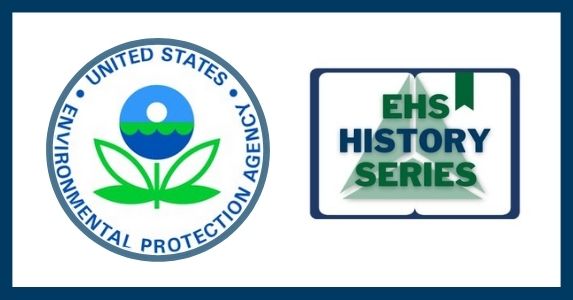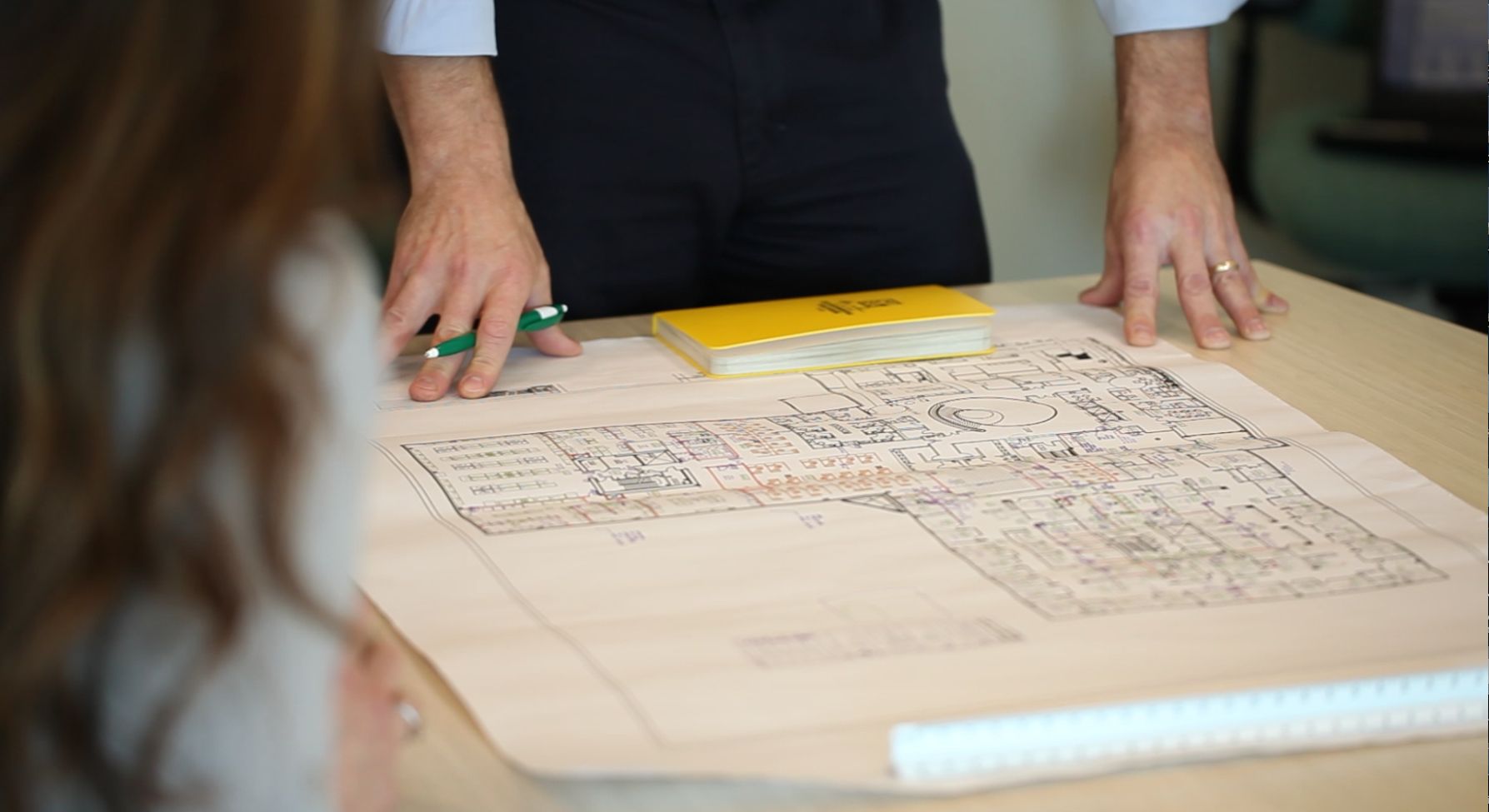5 Things You Need to Know About Stormwater Permitting in Maryland
 Triumvirate Environmental held a roundtable on stormwater permitting requirements and services today. After a half day of presentations from two stormwater experts, the group of attendees learned everthing from overarching permitting requirements, to how to know if the new requirements apply to you. After listening to the speakers, here are five big takeaways.
Triumvirate Environmental held a roundtable on stormwater permitting requirements and services today. After a half day of presentations from two stormwater experts, the group of attendees learned everthing from overarching permitting requirements, to how to know if the new requirements apply to you. After listening to the speakers, here are five big takeaways.
1.) Applicability
These requirements do not apply to all companies. To be eligible for stormwater discharge under 12-SW you must be a facility operating in the state of Maryland, and one of the following:
-
Have been covered under previous permit 02-SW
-
Have a stormwater discharge associated with industrial activity, as defined in Appendix E, from a primary industrial activity included in Appendix A
- Be notified by MDE that you are eligible for coverage under Sector AD: Non-Classified Facilities, as defined in Appendix A,
-
Be notified by MDE that you are eligible for coverage as described in Part I.E.4., which states, “Stormwater discharges under a separate individual or general permit (except MS4) may also obtain limited coverage under this permit specific to Part III.A, ‘Chesapeake Bay Restoration Requirements’ in lieu of the Department modifying or issuing a separate permit that would otherwise implement requirements equivalent to those in Part.III.A.
2.) No Exposure Exclusions
There are some reasons why the MDE might exclude your organization from these regulations. To qualify for this exclusion, you must verify that there is no potential for the stormwater discharged from your facility to waters of the State to be exposed to pollutants in accordance with MDE criteria.
You must then obtain written certification that you meet the requirements of no exposure from a professional engineer, a Certified Professional in Storm Water Quality (CPSWQ), a registered architect, or a landscape architect. For more information to guide you on if you qualify for this exclusion, look here.
3.) Notice of Intent
If you meet the conditions of the permit and do not qualify for the No Exposure Exclusion you must submit a notice of intent. This should include:
-
General contact and site information
-
Impervious surface calculations, if applicable
-
Determination if discharging to an impaired stream
-
Number of ASTs and storage capacity
-
SWPPP contact
-
Certification
4.) Stormwater Pollution Prevention Plan
The SWPPP is intended to document the selection, design, and installation of control measures and should also be submitted if you meet the conditions of the permit and do not qualify for the No Exposure Exclusion. It should be submitted with your notice of intent to the MDE. For an SWPP template, please refer to this link.
5.) Fees
Exposure form and certification letter is due by June 30, 2014. No fee is associated with this action, however failure to submit your SWPP and notice of intents by the appropriate deadline will result in a free. For more information on the deadlines watch the presentations below.
Want help meeting your stormwater permitting requirements and managing your stormwater program? Check out our services in the download below.






